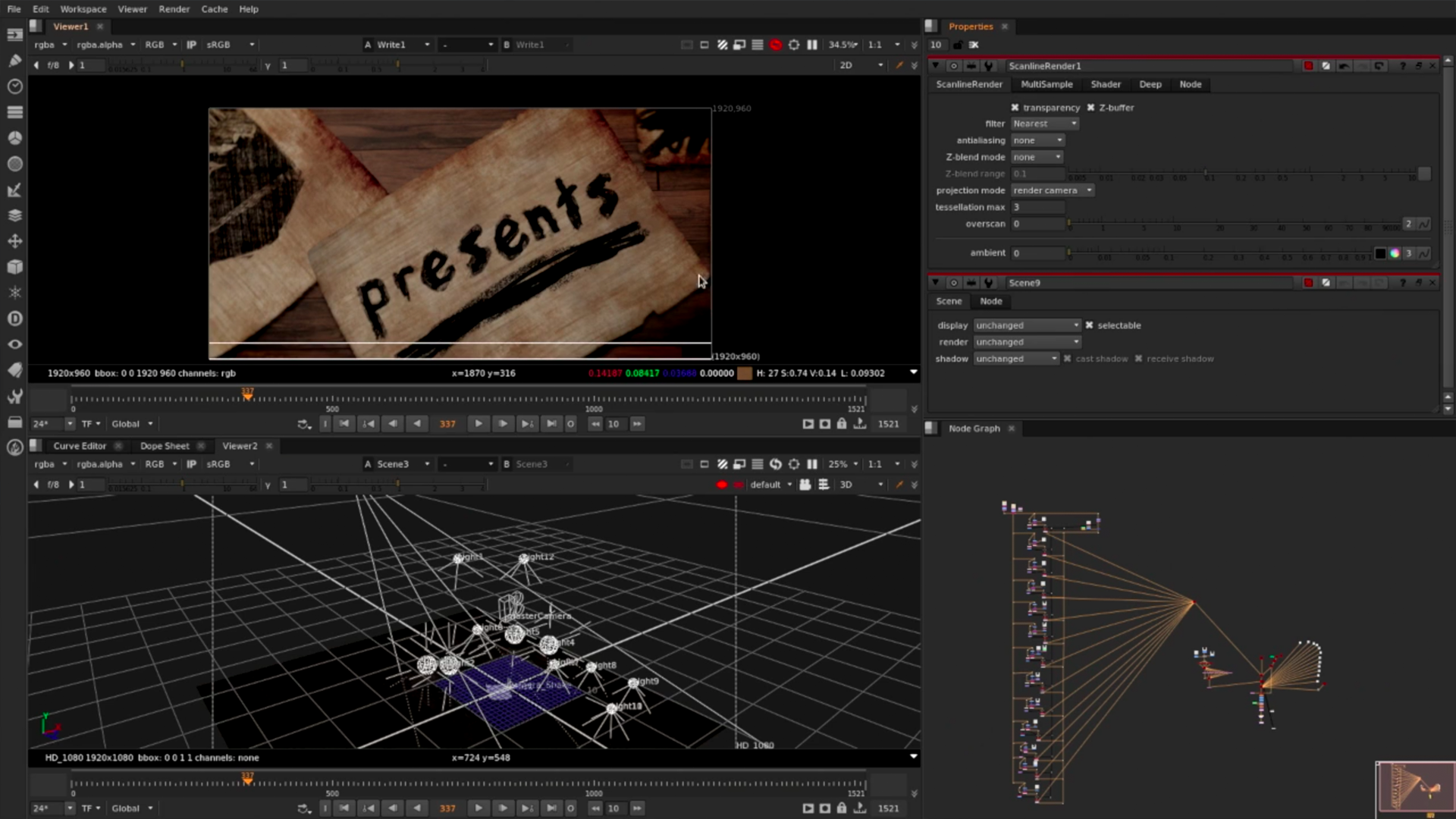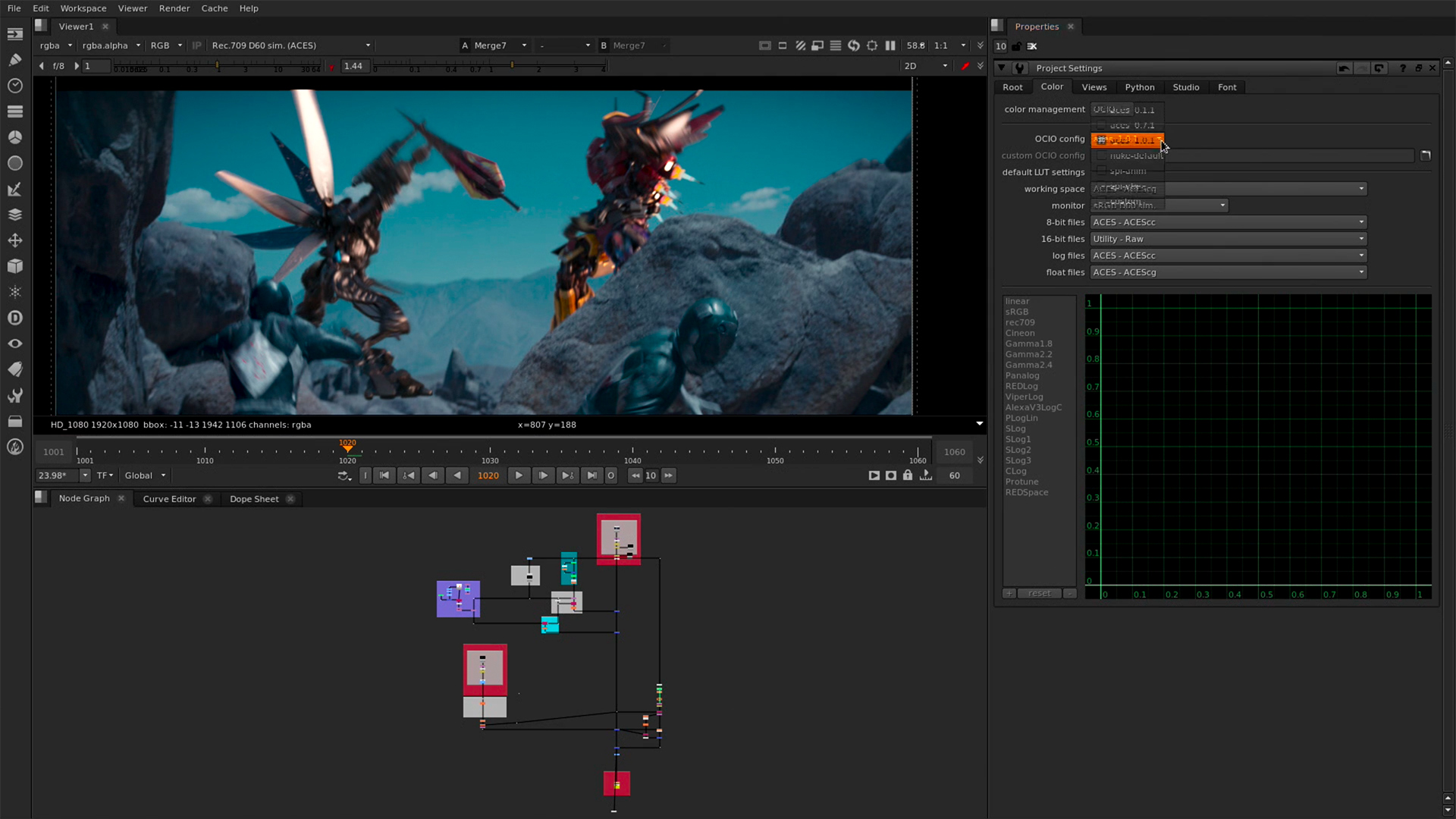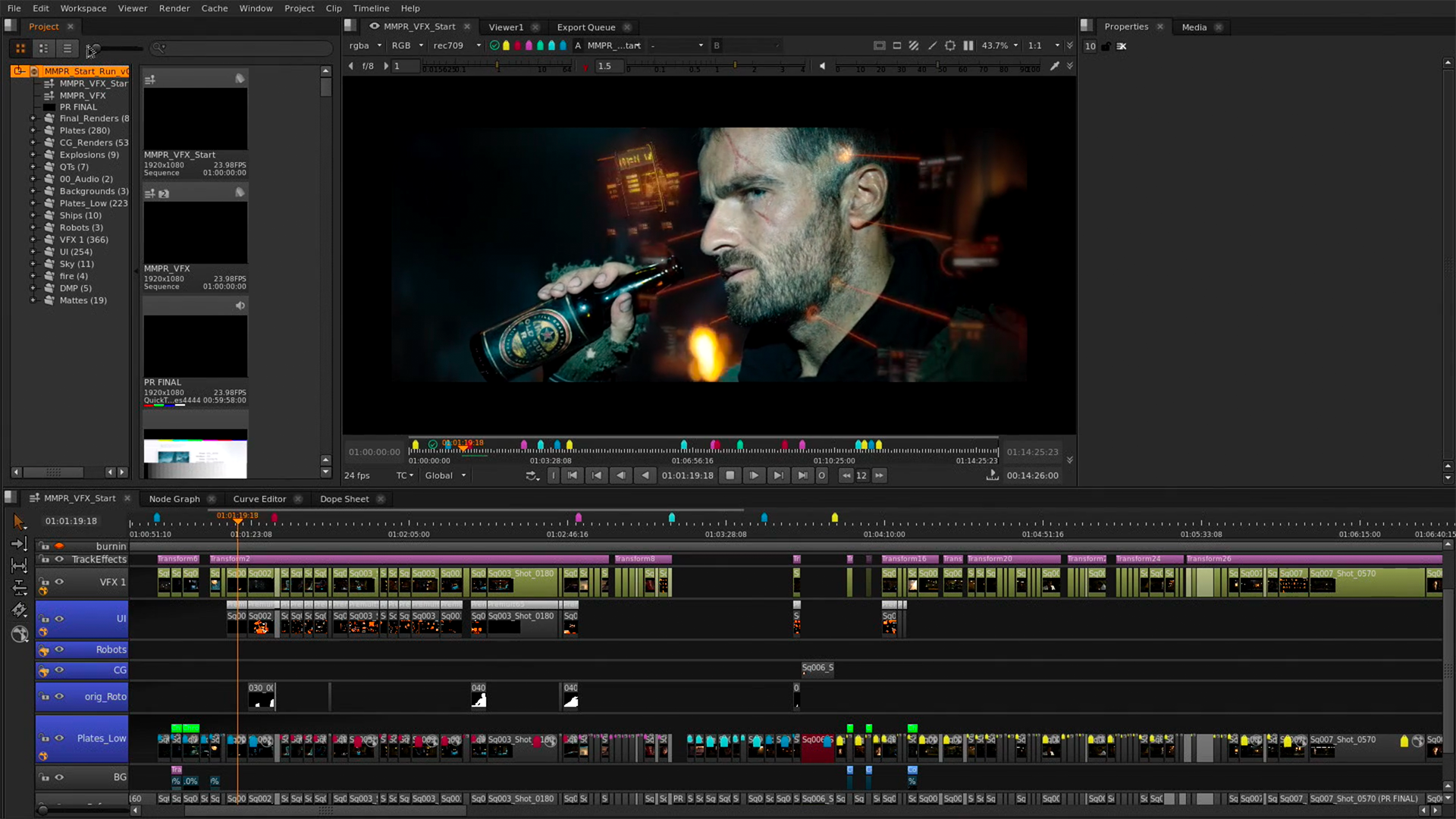Nuke 9 Release notes

New in Nuke and NukeX 9
Let your creativity flow uninterrupted, with significantly faster performance across the board—from the Particle system and Scanline Renderer, to the EXR and Deep EXR readers, and more. Core composting tools including OFlow, Kronos, Vector Blur, Motion Blur and the Planar tracker have all been updated to produce higher quality, more accurate results even faster.

New in Nuke Studio 9
Combining the collaborative multi-shot management capabilities of Hiero with the advanced compositing toolkit in NukeX, Nuke Studio offers a powerful package of VFX, editorial, conform and review tools. Nuke Studio has everything you need to manage high volume or quick turn around projects efficiently in a single cohesive package.

New in Nuke 9.0v7
The Nuke family now offers support for viewing and playing back stereo imagery in real time, together with enhanced interoperability with other editing systems. In addition, Nuke Studio gains a range of powerful new editorial features and soft effects and Hiero and HieroPlayer version 9.0v7 join the Nuke family.
Nuke 10 Release notes

Performance and stability improvements
The Nuke® 10 release focuses on enhancing performance, increasing stability and delivering new functionality in the areas you told us matter most: paint, playback, export and more.

Timeline updates
Nuke Studio’s timeline toolset is now even better, with new in-timeline Soft Effects, including a real-time keyer and color correction, enhanced audio handling and a big push on improving performance.

Smart Vector toolset (NukeX, Nuke Studio)
The Smart Vector toolset delivers a powerful new workflow for adding textures or paint to image sequences that contain complex motion or subtle detail. Streamline once tedious, error-prone manual clean-up, replacement and augmentation tasks with a simple and accurate automated process.

OCIO integration
Integrating OpenColorIO into Nuke's root LUT management means artists can save time by using the same processes for accessing OCIO LUTS as any other type. This eliminates the need to add OCIOColorspace nodes.